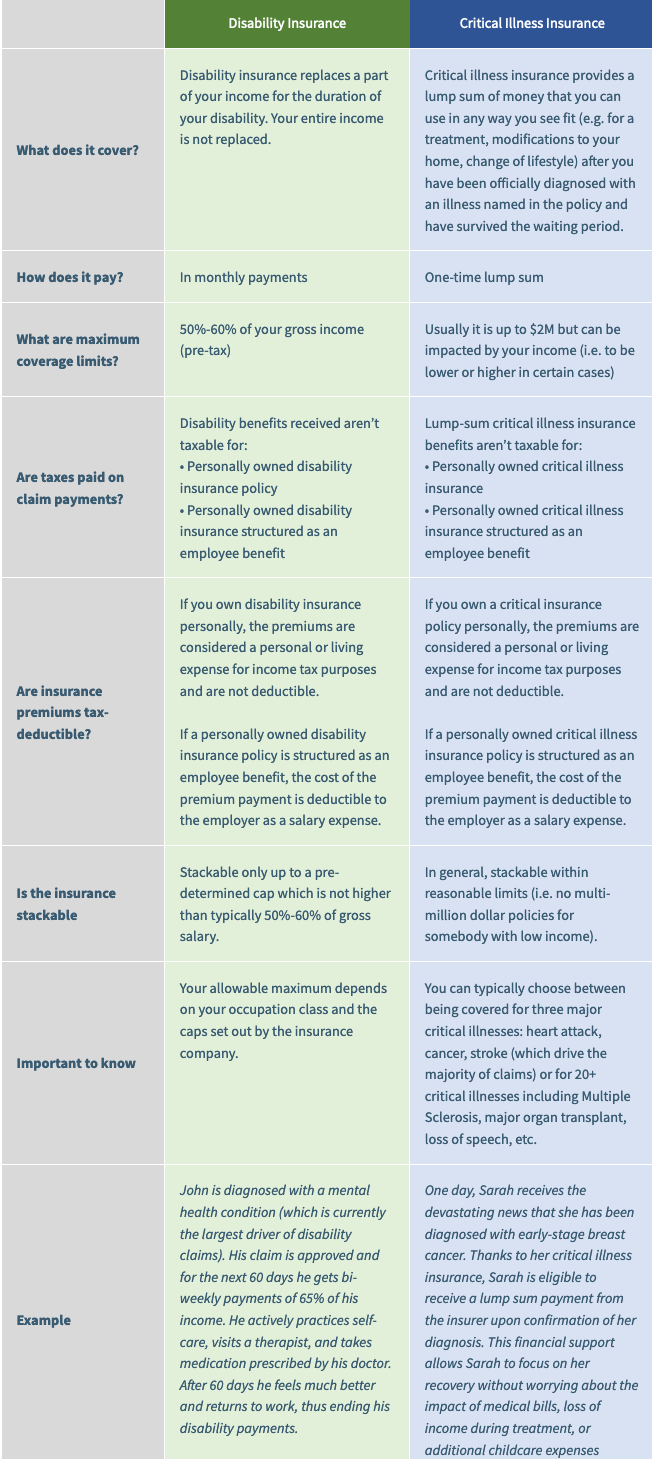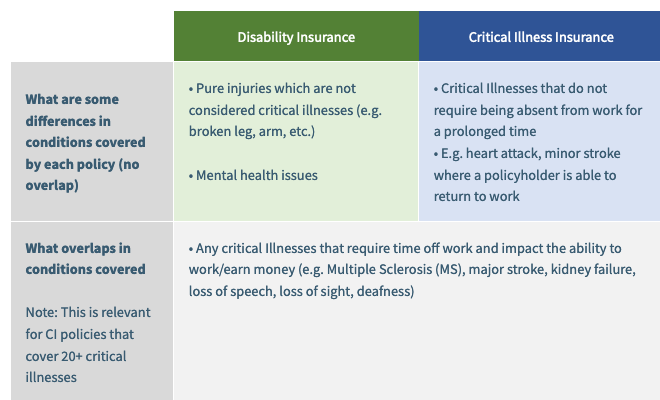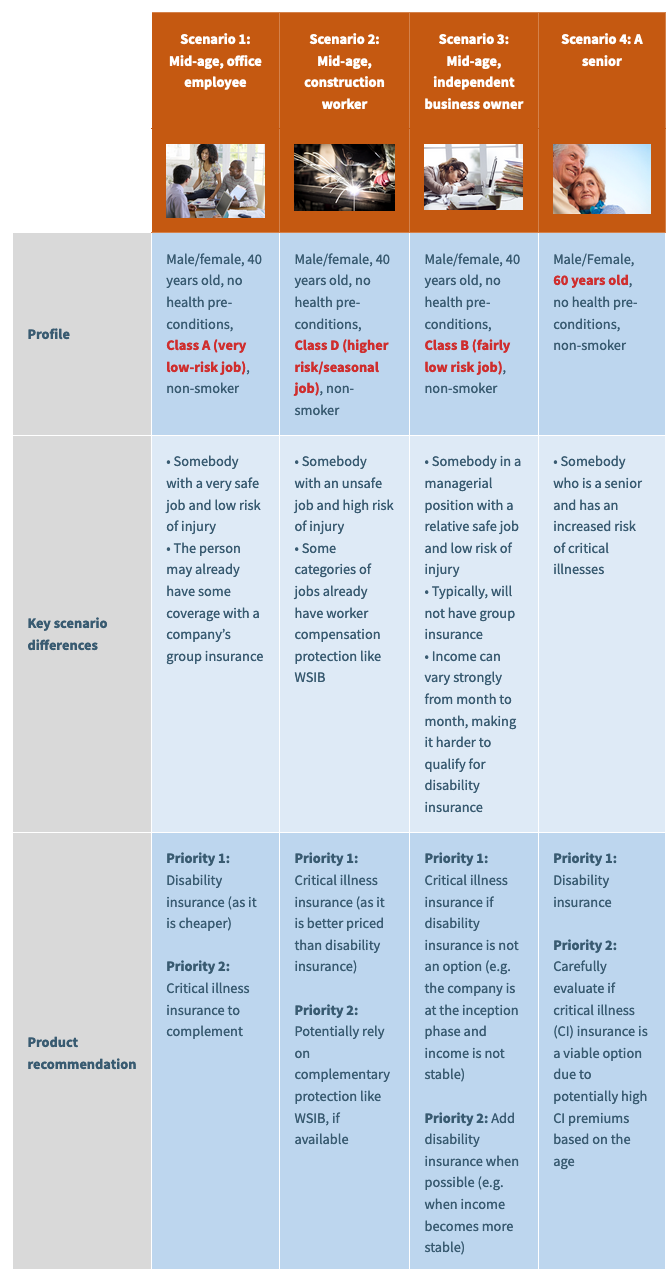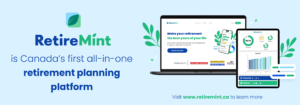 My latest MoneySense Retired Money column has just been published: you can find the full column by clicking on the highlighted headline here: What is RetireMint? The Canadian online platform shows retirement planning isn’t just about finances.
My latest MoneySense Retired Money column has just been published: you can find the full column by clicking on the highlighted headline here: What is RetireMint? The Canadian online platform shows retirement planning isn’t just about finances.
We provided a sneak preview of RetireMint late in August, which you can read here: Retirement needs a new definition. That was provided by RetireMint founder Ryan Donovan.
The MoneySense column goes into more depth, passing on my initial experiences using the program, as well as highlighting a few social media comments on the product and some user experiences provided by RetireMint.
RetireMint (with a capital M, followed by a small-case letter I rather than an e) is a Canadian retirement tool that just might affect how you plan for Retirement. There’s not a lot of risk as you can try it for free. One thing I liked once I gave it a spin is that it isn’t just another retirement app that tells you how much money you need to retire. It spends as much or more time on the softer aspects of Retirement in Canada: what you’re going to do with all that leisure time, travelling, part-time work, keeping your social networks intact and so on.
In that respect, the ‘beyond financial’ aspects of RetireMint remind me of a book I once co-authored with ex corporate banker Mike Drak: Victory Lap Retirement, or indeed my own financial novel Findependence Day. As I often used to explain, once you have enough money and reach your Financial Independence Day (Findependence), everything that happens thereafter can be characterized as your Victory Lap.
As Donovan puts it, this wider definition must “break free from the tethered association of solely financial planning.”
Donovan says roughly 8,000 Canadians will reach retirement every single week over the next 15 years. And yet more than 60% of them do not know their retirement date one year in advance, and more than a third will delay their retirement because they don’t have a plan in place.
Retirement not calendar date or amount in your bank account
Donovan says “Retirement has become so synonymous with financial planning, and so associated with ‘old age,’ that they’re practically inseparable. Yet, in reality, retirement is a stage of life, not a date on the calendar, an amount in your bank account, and is certainly not a death sentence.” He doesn’t argue that financial planning is the keystone of retirement preparation, as “you won’t even be able to flirt with the idea of retiring without it.” But it’s much broader in scope than that. As he puts it, this wider definition must “break free from the tethered association of solely financial planning.” Continue Reading…





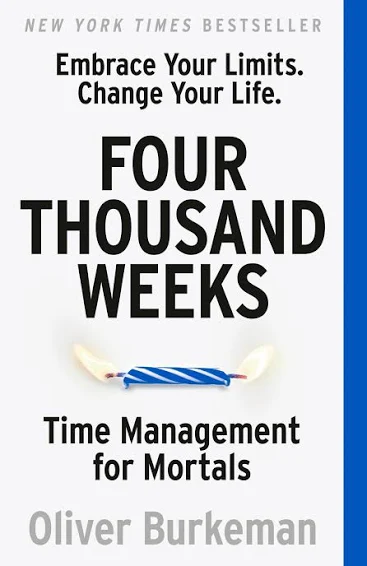
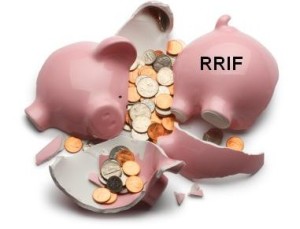

 Choosing between
Choosing between 